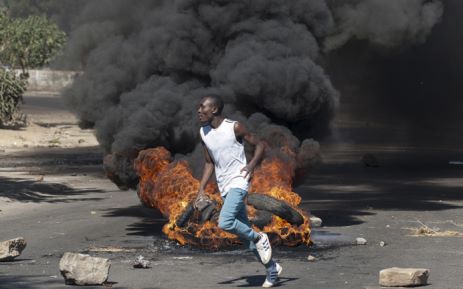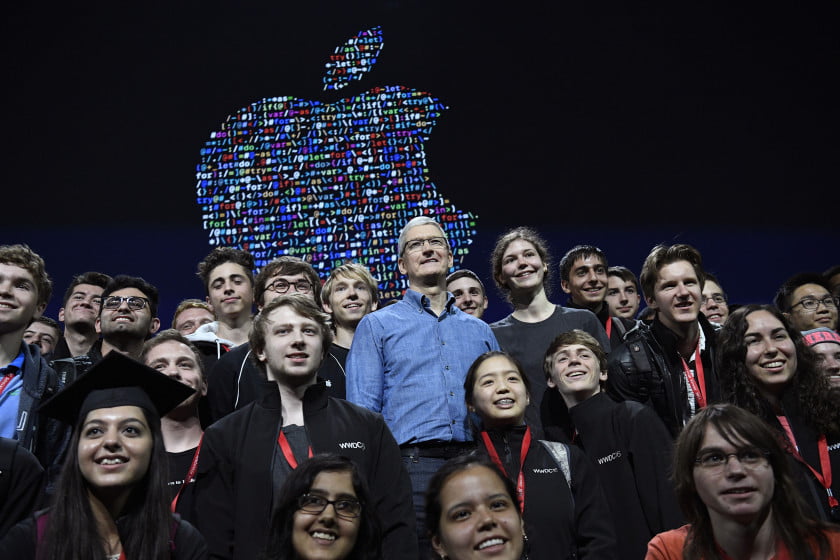
HARARE – Organisers of a general strike against Zimbabwean President Robert Mugabe pledged on Thursday to continue action until he falls, as a spontaneous social media movement has coalesced into the biggest uprising against his rule in nearly a decade.
Zimbabweans have been using the Internet in recent weeks to mobilise for street protests against Mugabe’s government, bypassing traditional opposition parties as anger grows over his administration’s handling of a failing economy.
Mugabe, Africa’s oldest leader at 92, has led the former British colony since independence in 1980.
His critics say he has presided over the destruction of a once-promising country with policies such as the seizures of white-owned farms; his government blames foreign powers for sabotaging the economy and stirring unrest.
On Wednesday, much of the country was shut down by a “stay away” general strike, organised by a social media movement that complains of poor public services, 85 percent unemployment, widespread corruption and delays in getting state salaries.
The unlikely protest leader is a pastor, Evan Mawarire, who launched the movement, #ThisFlag, to get Zimbabweans to rally round the national flag and speak out against Mugabe policies.
He told Reuters the movement had found its voice and was planning more action in the wake of the success of Wednesday’s strike, which shut down much of the capital Harare.
“We are getting to a place where we are now expressing that we have had enough. What we are doing is about one action, one voice concerning our frustration. Enough is enough,” he said.
The government blames Zimbabwe’s precarious financial position on Western sanctions and a slump in prices of its export commodities.
Ignatious Chombo, the ruling ZANU-PF party’s administration secretary, blamed Western embassies in Harare and opposition parties late on Wednesday for trying to cause anarchy.
A drought has compounded the hardship, while an acute cash shortage means those lucky enough to get paid are unable to get their hands on any money due to daily withdrawal limits at most banks of as little as $50.
Central bank plans to circulate local bank notes later this year have caused further anxiety among a population that lost savings and pensions in 2008 when rampant money-printing pushed hyperinflation to more than 500 billion percent.
Zimbabwe last witnessed protests on this scale in April 2007 when opposition leader Morgan Tsvangirai led anti-Mugabe demonstrations.
Mawarire’s #ThisFlag movement says it will hold another strike next week lasting two days if demands are not met, including the sacking of corrupt ministers, the payment of delayed salaries and the lifting of roadblocks that residents say are used by police to extract bribes.
Other social media movements have also appeared, such as Tajamuka – ‘We refuse’ in Zimbabwe’s Shona language – which launched spontaneous demonstrations in the last month.
On Monday, an impromptu protest by taxi drivers turned violent, with rock-throwing young men facing off against squads of riot police firing volleys of tear gas – scenes unseen since a government slum clearance campaign in 2005.
Last week, half a dozen protesters stormed a hotel in downtown Harare protesting against Vice President Phelekezela Mphoko’s stay there since December 2014, saying this was profligacy by a government which says it has no money.
“Clearly there is a coincidence or intersection of national grievances across the board, economic and political, and the immediate concerns of the public servants,” Ibbo Mandaza, a leading academic and political commentator, said.
“That intersection has proved lethal in the last days. We are in a new phase of politics.”
DESPERATE FOR MONEY
Mugabe’s government is desperate for money and is struggling to finance its $4 billion budget this year. The shortfalls have left soldiers, policemen, doctors and teachers being paid weeks in arrears.
Citizens have taken to Twitter and Facebook to vent their anger against a ruling party they see as detached from their daily struggles, while it is consumed by internal fights over who will eventually take-over from the ageing Mugabe.
Foreign investment and donor support has dried up and the government in April halved its 2016 growth forecast to 1.4 percent. Independent economists see no more than 1 percent growth.
Harare runs a hand-to-mouth budget, spending 82 percent of its revenue on wages. That leaves little for infrastructure, medicines in hospitals or books for schools.
While a majority of Zimbabweans live on less than $2 a day and the government cries poverty, citizens complain of cabinet ministers and senior government officials driving fancy cars and jetting off on foreign trips.
“How does the government say it is broke when it buys expensive cars everyday? Every day we hear that ministers have stolen money, so it means the money is there,” said Elen Chaduka, a mother of three, who sells food in central Harare.
Mawarire, the #ThisFlag leader, demanded an end to the lavish lives of party aparatchiks.
“We are saying no to government expenditure which is senseless. They are broke because they have mishandled the economy,” he said.
Political analysts say ruling party division over Mugabe’s successor have spilled into state security organs and it may become more difficult to rely on the police to quell political unrest when officers themselves are angry at not being paid.
“We have a state which is fatally divided, a security sector which is fatally divided. I can see the government increasingly coming under siege, incapable of responding,” Mandaza, the political scientist said. “We are clearly going into a crisis.”
[Source:- EWN]





